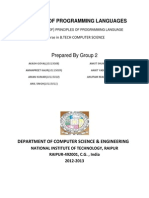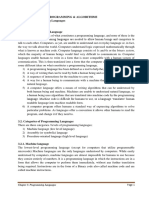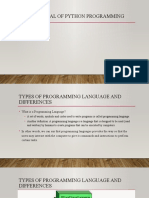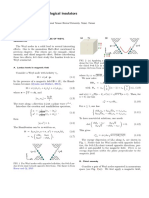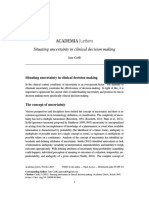0% found this document useful (0 votes)
38 views2 pagesSs1 2nd Term Week 3 Lesson Notes-2
The document provides an overview of programming languages, emphasizing their role in problem-solving and software development. It categorizes programming languages into three levels: machine language, assembly language, and high-level languages, detailing their features and applications. Examples of each level are given, illustrating their complexity and usage in various contexts.
Uploaded by
modupeoluwa.tomisin10Copyright
© © All Rights Reserved
We take content rights seriously. If you suspect this is your content, claim it here.
Available Formats
Download as PDF, TXT or read online on Scribd
0% found this document useful (0 votes)
38 views2 pagesSs1 2nd Term Week 3 Lesson Notes-2
The document provides an overview of programming languages, emphasizing their role in problem-solving and software development. It categorizes programming languages into three levels: machine language, assembly language, and high-level languages, detailing their features and applications. Examples of each level are given, illustrating their complexity and usage in various contexts.
Uploaded by
modupeoluwa.tomisin10Copyright
© © All Rights Reserved
We take content rights seriously. If you suspect this is your content, claim it here.
Available Formats
Download as PDF, TXT or read online on Scribd
/ 2








